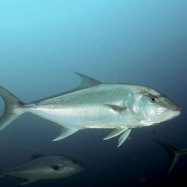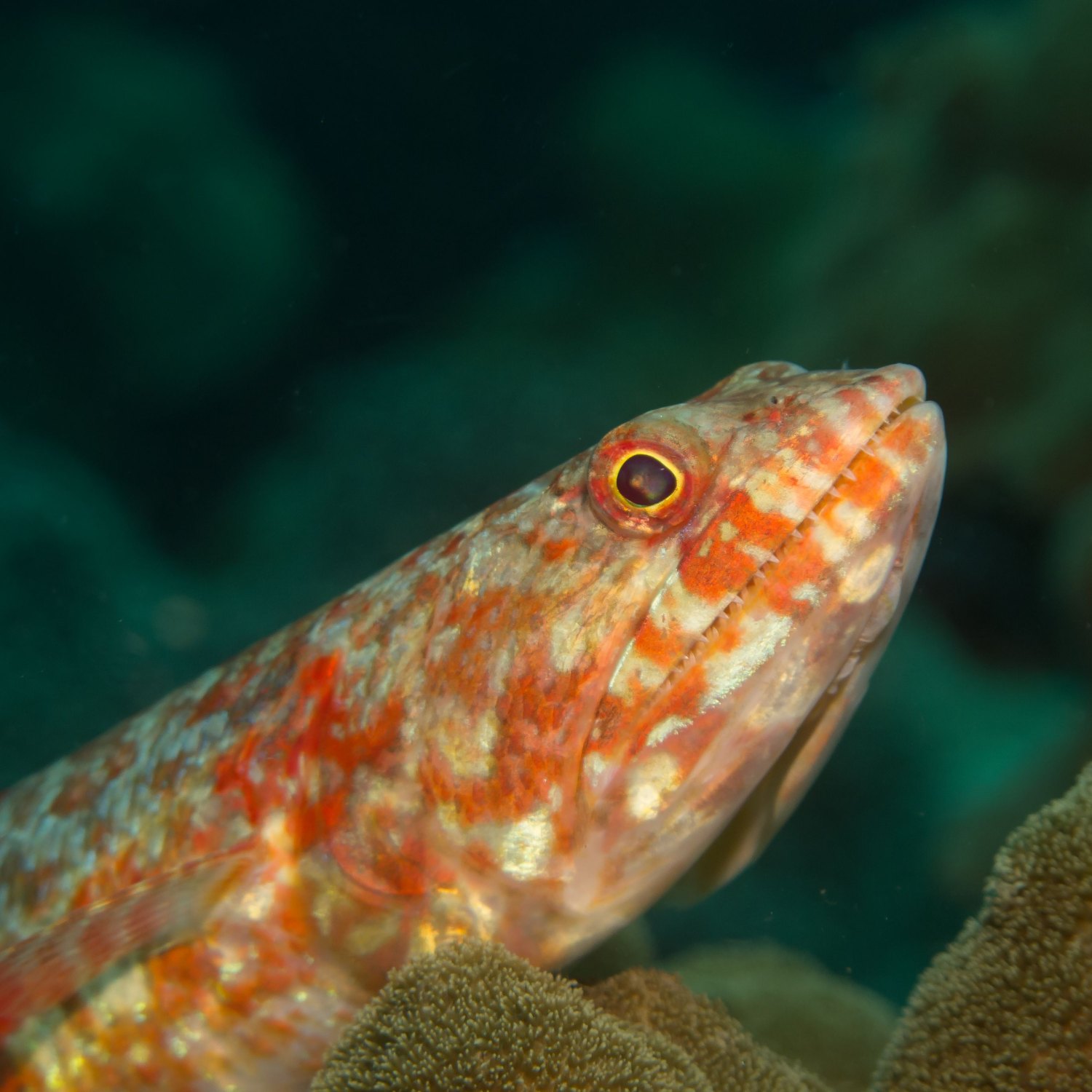
Lizardfish
10-60 cm
The Lizardfish, commonly found in coastal areas, belongs to the Synodontidae family. With an elongated and slender body ranging from 10 to 60 cm in length, it's a fascinating species to observe. Its unique body shape allows it to blend seamlessly into its surroundings and makes it an efficient hunter. #Lizardfish #coastalanimals #marinebiology
Animal Details Summary:
Common Name: Lizardfish
Kingdom: Animalia
Habitat: Marine
The Fascinating World of Lizardfish: An Elusive Carnivorous Creature
The ocean is home to a vast and diverse array of creatures, many of which remain unexplored and unknown to us. Among them is the elusive and intriguing Lizardfish, a fascinating creature that roams the depths of the world's oceans.Scientifically known as Synodontidae, Lizardfish belong to the animal kingdom, Chordata phylum, and Actinopterygii class. These creatures are found worldwide in various countries and inhabited coastal areas, making them accessible to researchers and enthusiasts alike Lizardfish.
A Unique Body Shape and Coloration
At first glance, Lizardfish may appear to be just like any other fish, but upon closer inspection, their unique features become evident. These creatures boast an elongated and slender body shape, which allows them to move effortlessly through the water. Their body length can range anywhere from 10 to 60 cm, making them a relatively small species compared to other ocean dwellers.One of the most striking features of Lizardfish is their highly variable coloration. Their bodies can be found in a wide range of patterns, including mottled, spotted, and striped, allowing them to blend effortlessly into their surroundings and remain camouflaged from potential predators. Their unique coloration also makes them a favorite among aquarium enthusiasts, making them a prized addition to any display tank.
A Carnivorous Diet
As carnivorous creatures, Lizardfish primarily feed on smaller fish, crustaceans, and cephalopods. Their sharp and pointed teeth, coupled with their swift and agile movements, make them successful hunters in the depths of the ocean. They are opportunistic predators that lie in wait for their prey, using their impressive speed and agility to catch their victims by surprise Lagotto Romagnolo.Lizardfish are known to be voracious predators, eating anything that comes their way, making them a vital part of the food chain in the oceanic ecosystem. Despite their relatively small size, these creatures have a remarkable ability to consume prey much larger than themselves, showcasing their impressive hunting prowess.
An Adaptable Habitat
As marine creatures, Lizardfish have a broad and versatile habitat range. They can be found in various parts of the world's oceans, making them challenging to study and understand. However, researchers have found that these creatures tend to thrive in shallow coastal areas, close to the seabed, where they can await their prey in ambush.Depending on the species, Lizardfish can be found in a variety of habitats, including rocky areas, sandy bottoms, and even coral reefs. This adaptability makes them a fascinating species to study, as they have successfully adapted to different surroundings and thrive in each one.
The Order of Aulopiformes
Lizardfish belongs to the order of Aulopiformes, which includes a diverse group of mostly marine fish species. These creatures are known for their unique adaptations, including specialized feeding methods and body shapes, making them an essential part of the ocean's biodiversity.One of the most interesting features of Aulopiformes is their specialized teeth. Many species within this order possess modified teeth that are shaped as hooks or fangs, making them highly effective predators. For Lizardfish, their sharp and pointed teeth allow them to capture and consume their prey easily.
The Family of Synodontidae
Lizardfishes are the sole family within the Aulopiformes order, making them a unique and diverse group of creatures. They belong to the same family as the lizardfishes and the englidiids, which are also known for their unique body shapes and hunting techniques.One of the most interesting features of the Synodontidae family is their highly specialized skull structure, which allows their upper jaw to protrude, aiding in capturing their prey. Furthermore, many species within this family possess bioluminescent organs, which they use to attract prey and mate.
A Worldwide Distribution
Lizardfishes can be found all around the world, inhabiting various countries and coasts. However, while they may be widespread, they are typically elusive creatures that are challenging to spot in the vast ocean depths. Nonetheless, researchers have found that they are essential components of the oceanic ecosystem, playing a crucial role in maintaining the balance of the marine environment.Despite their worldwide distribution, Lizardfishes are not easily seen in aquariums or display tanks. Due to their specialized dietary and habitat needs, they are relatively rare in the aquarium trade, making them highly coveted among collectors and enthusiasts.
The Strange Beauty of Lizardfish
Despite their intriguing features and role in the ocean ecosystem, Lizardfishes remain elusive and mysterious creatures. Many people are unaware of their existence, and those who are familiar with them are often fascinated by their unique body shape and coloration.As elusive creatures, it is essential to continue studying and understanding Lizardfishes to ensure their conservation and protection. With their crucial role in the marine ecosystem and their unique adaptability, they are an important part of the vast and diverse world of the ocean, a world that continues to intrigue and amaze us.

Lizardfish
Animal Details Lizardfish - Scientific Name: Synodontidae
- Category: Animals L
- Scientific Name: Synodontidae
- Common Name: Lizardfish
- Kingdom: Animalia
- Phylum: Chordata
- Class: Actinopterygii
- Order: Aulopiformes
- Family: Synodontidae
- Habitat: Marine
- Feeding Method: Carnivorous
- Geographical Distribution: Worldwide
- Country of Origin: Various
- Location: Coastal areas
- Animal Coloration: Variable
- Body Shape: Elongated and slender
- Length: 10-60 cm
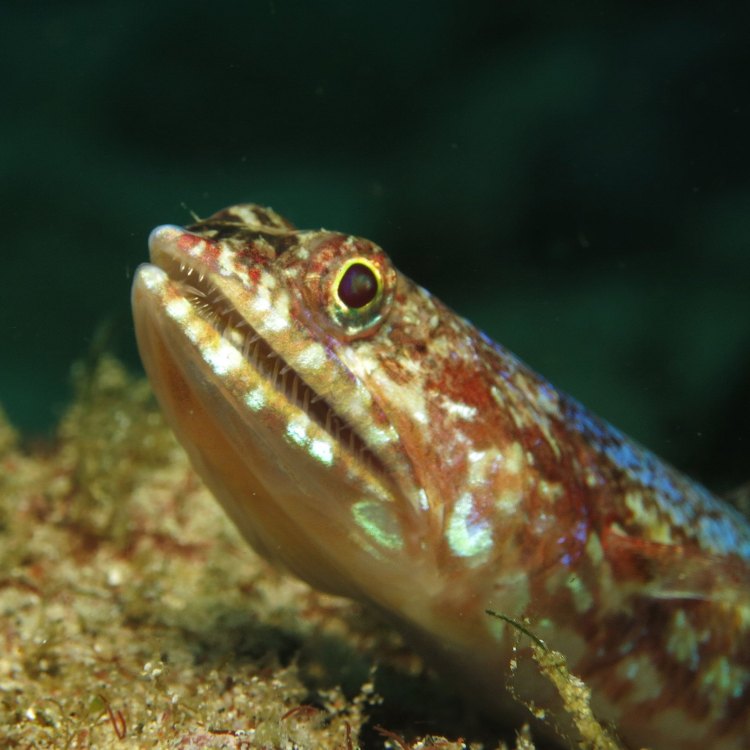
Lizardfish
- Adult Size: Varies by species
- Average Lifespan: Up to 16 years
- Reproduction: Eggs
- Reproductive Behavior: External fertilization
- Sound or Call: No specific sound or call
- Migration Pattern: Some species migrate
- Social Groups: Solitary or in small groups
- Behavior: Ambush predators
- Threats: Habitat loss, pollution, overfishing
- Conservation Status: Varies by species
- Impact on Ecosystem: Important role in marine food chains
- Human Use: Commercial and recreational fishing
- Distinctive Features: Long and sharp teeth
- Interesting Facts: They have a pattern of bioluminescent organs on the sides of their body.
- Predator: Larger fish, marine mammals
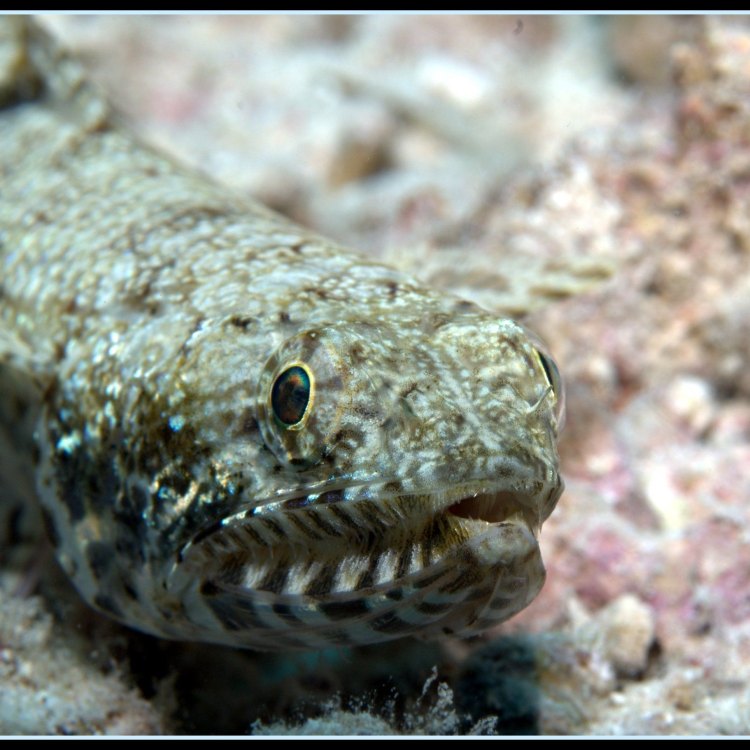
Synodontidae
The Fascinating World of Lizardfish: Ambush Predators of the Sea
In the depths of the ocean lies a group of fish that may not be as well-known as sharks or dolphins, but they are equally fascinating creatures. These are the lizardfish, a diverse group of predatory fish that are found in oceans all around the world.Lizardfish belong to the Perciformes order, which is the largest and most diverse group of fish. They are further classified into several different families, each with unique characteristics and features PeaceOfAnimals.Com. Some of the most commonly known species of lizardfish include the Inimicus sp. and the Synodus sp.
Adult lizardfish come in a wide range of sizes, depending on the species. On average, they can grow up to 3 feet in length, with some species reaching up to 2 feet. The smallest species, on the other hand, can be as small as just a few inches long.
Despite their relatively small size, lizardfish can live up to 16 years, making them one of the longer-lived fish species in the ocean. But what really sets them apart from other fish is their unique reproductive process.
Reproduction in lizardfish is done through external fertilization, where the female lays eggs and the male fertilizes them externally. This process helps increase the chances of a successful fertilization by allowing the sperm to directly come in contact with the eggs Long Haired Rottweiler.
However, unlike other fish species, lizardfish do not have a specific sound or call during the mating process. With their silent approach, they can easily blend into the surroundings and increase their chances of catching prey.
Speaking of prey, these fish are known for their unique ambush predator behavior. They use their excellent camouflage and stay hidden in the sand or rocks, waiting for their unsuspecting prey to swim by. As soon as they see an opportunity, they strike with lightning-fast speed, using their long and sharp teeth to secure their meal.
Their sharp teeth, coupled with their ambush predator behavior, make them formidable hunters, capable of catching prey larger than themselves. Their diet consists of a variety of fish, crustaceans, and cephalopods, making them an important part of the marine food chain.
Despite their significance in marine ecosystems, lizardfish face several threats in the wild. Habitat loss, pollution, and overfishing are among the main reasons for the decline in their population. As bottom-dwelling predators, they are highly susceptible to the effects of pollution, which can accumulate in their prey and cause harm to their health.
Furthermore, overfishing poses a significant threat to their survival, especially for the commercially valuable species. In some regions, they are also caught for recreational fishing, further adding to the pressure on their population.
The conservation status of lizardfish varies by species, with some being listed as "least concern" while others are considered "vulnerable" or "near threatened." Nonetheless, their population is declining, which could have a significant impact on marine ecosystems.
Lizardfish play an important role in regulating fish populations and maintaining the balance in the marine food chain. Without them, there could be a significant increase in the number of small fish, which could cause a decline in other species and ultimately disrupt the entire ecosystem.
Apart from their role in the marine ecosystem, lizardfish also have human uses. They are commonly caught for commercial fishing, and their meat is considered a delicacy in many countries. In some regions of Asia, they are also used for medicinal purposes, believed to have healing properties for a variety of ailments.
With their unique features and interesting behavior, it's no surprise that lizardfish are also popular in the aquarium trade. Many species are kept as pets in home aquariums, admired for their unique appearance and behavior.
Apart from their long and sharp teeth, another distinctive feature of lizardfish is their pattern of bioluminescent organs on the sides of their body. This glowing pattern helps them communicate with each other and potentially attract prey.
Even though they have sharp teeth and a fierce appearance, lizardfish have their fair share of predators in the ocean. Larger fish and marine mammals such as dolphins and sharks have been known to feed on these small predators, keeping their population in check.
In conclusion, lizardfish may not be as well-known as other marine creatures, but their unique features and behavior make them fascinating creatures to study. As ambush predators, they play an essential role in the marine ecosystem, and their conservation is crucial for maintaining a healthy ocean. With proper conservation efforts and responsible fishing practices, we can ensure that these fascinating creatures continue to thrive in the vast ocean.
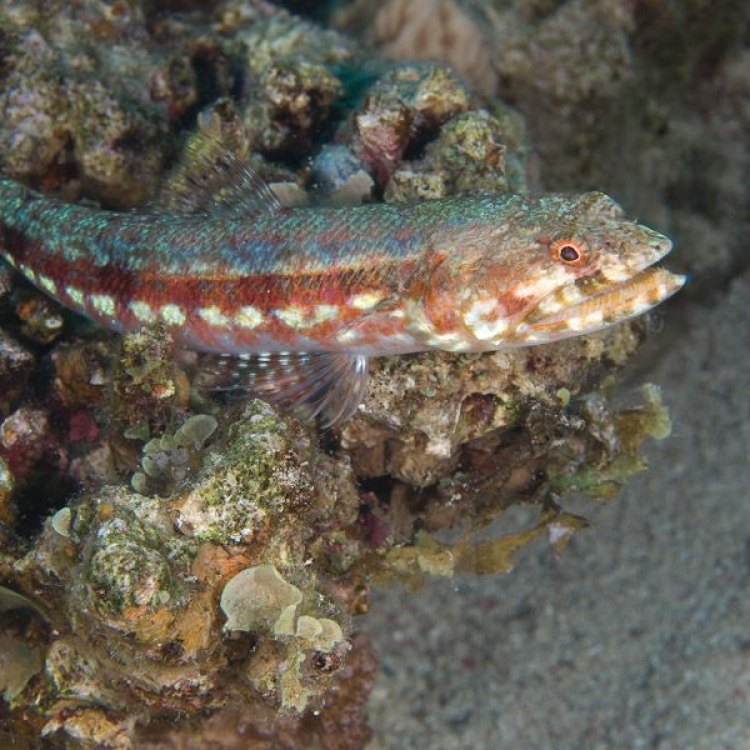
The Fascinating World of Lizardfish: An Elusive Carnivorous Creature
Disclaimer: The content provided is for informational purposes only. We cannot guarantee the accuracy of the information on this page 100%. All information provided here may change without prior notice.



